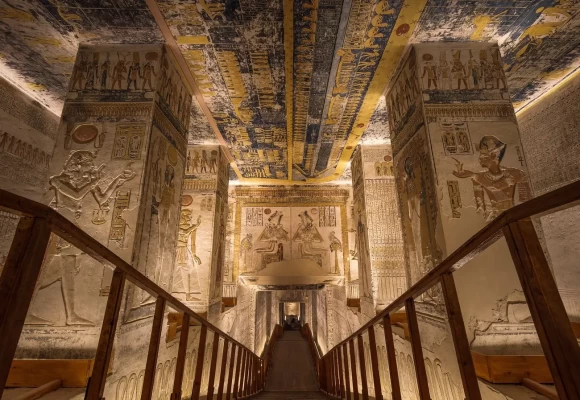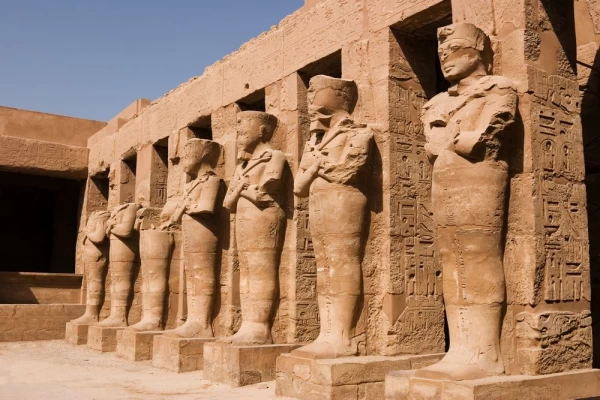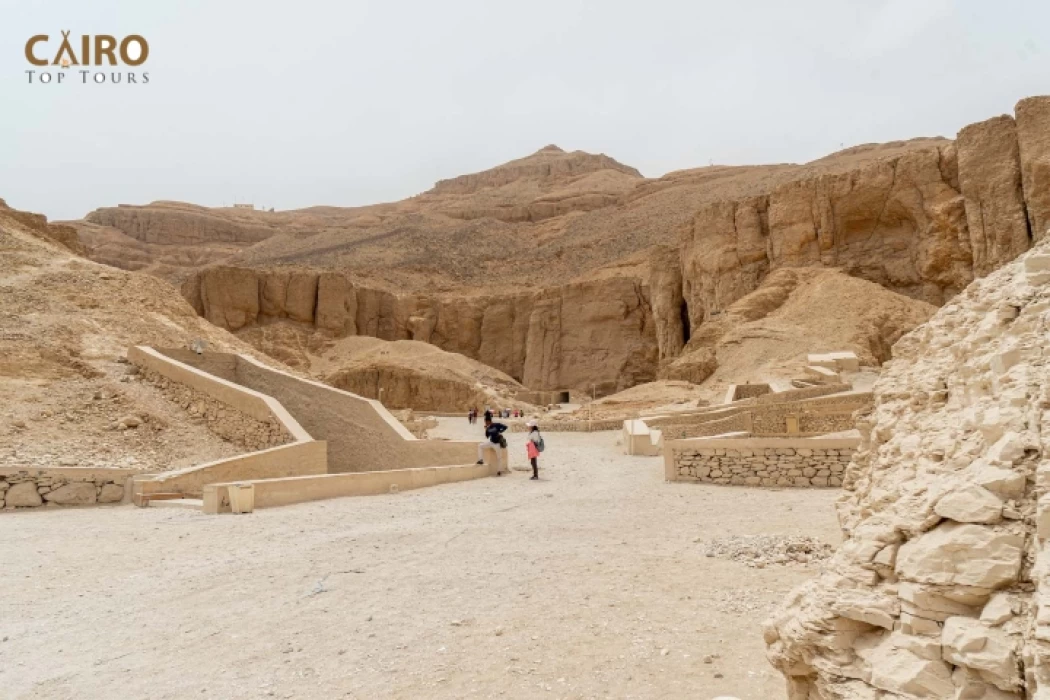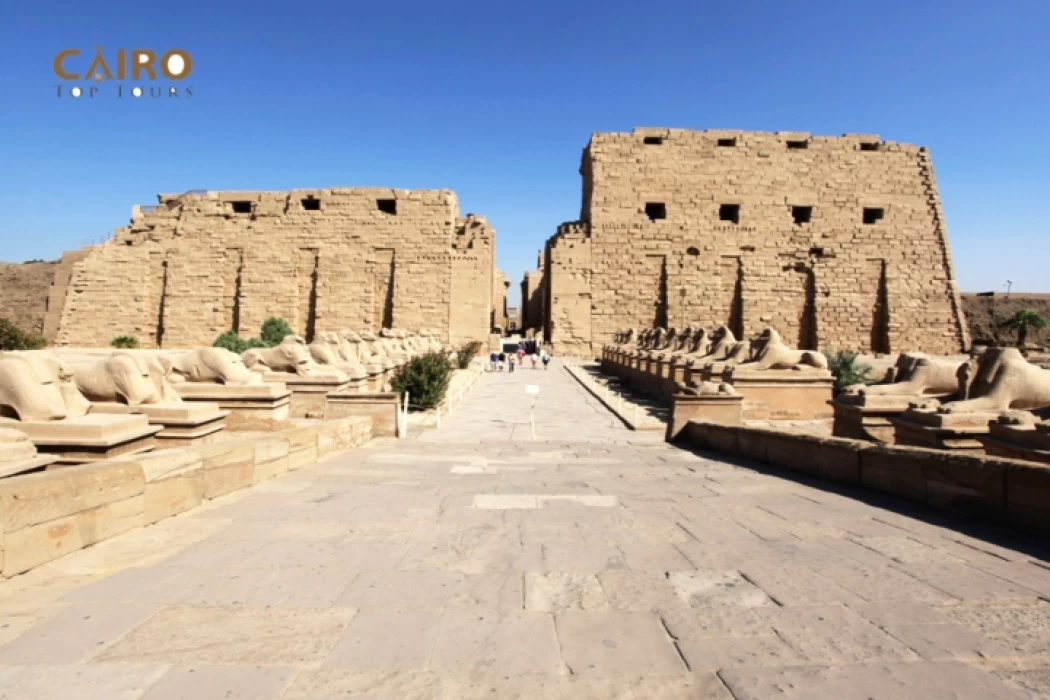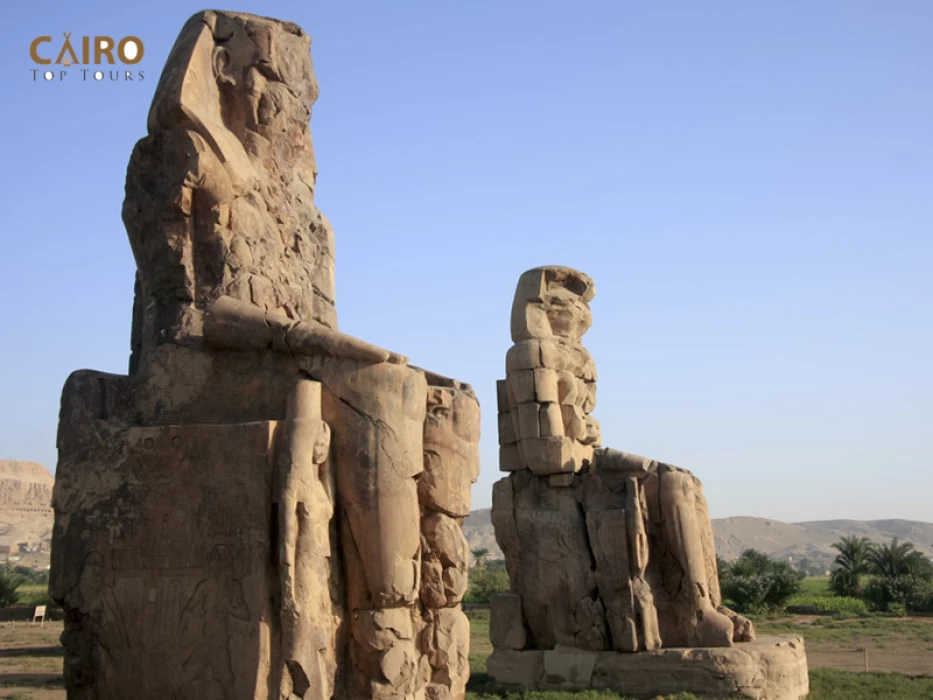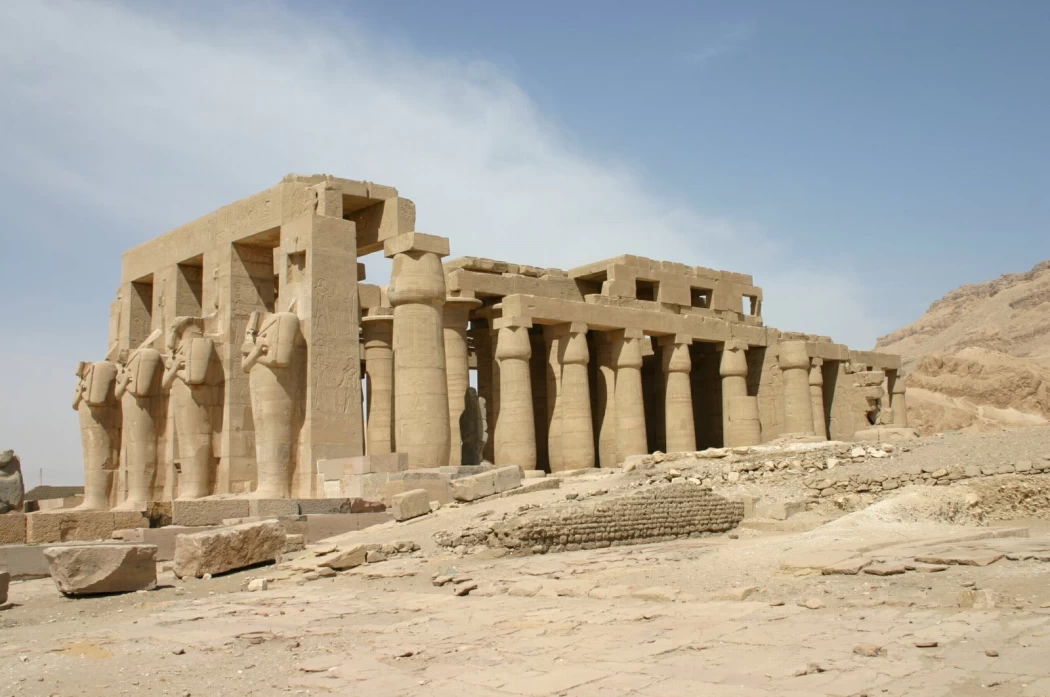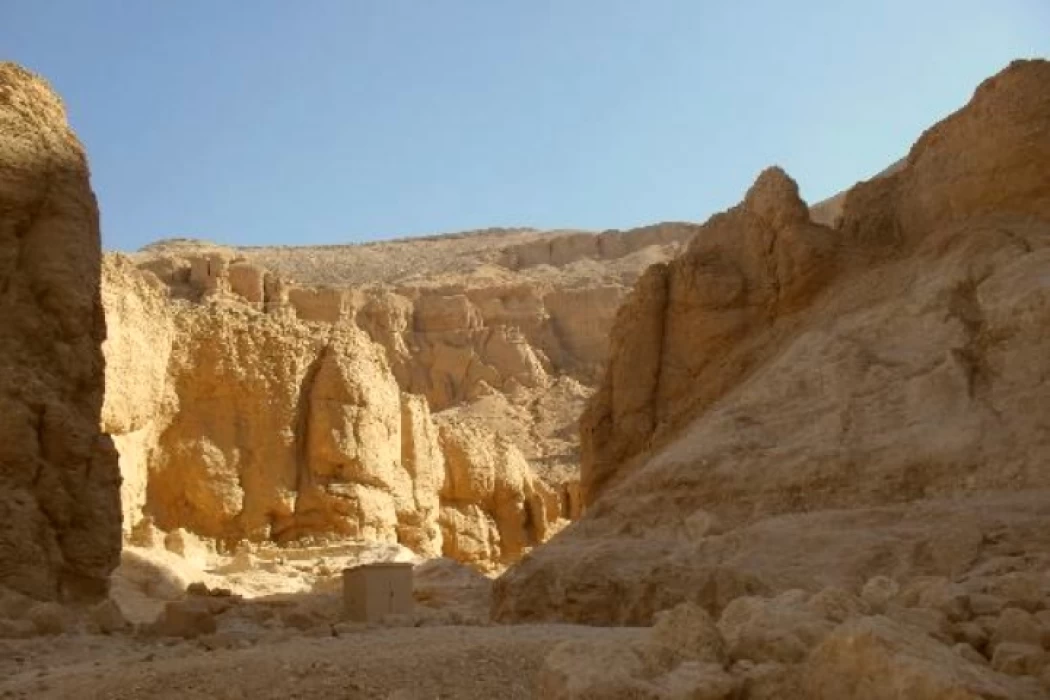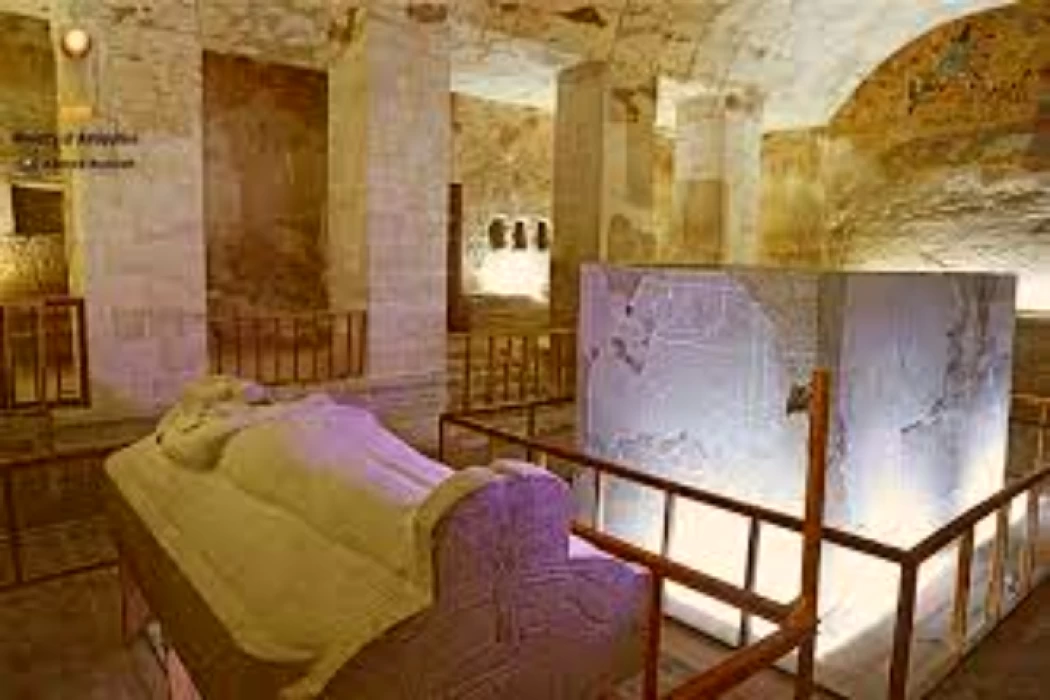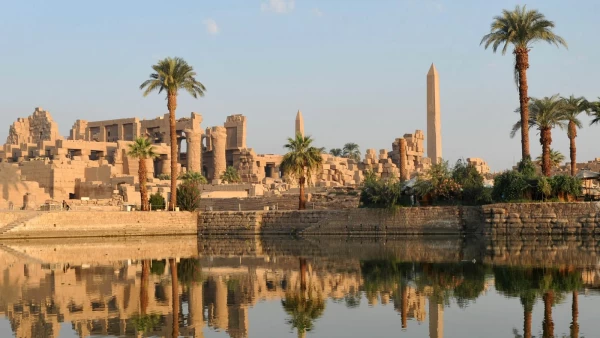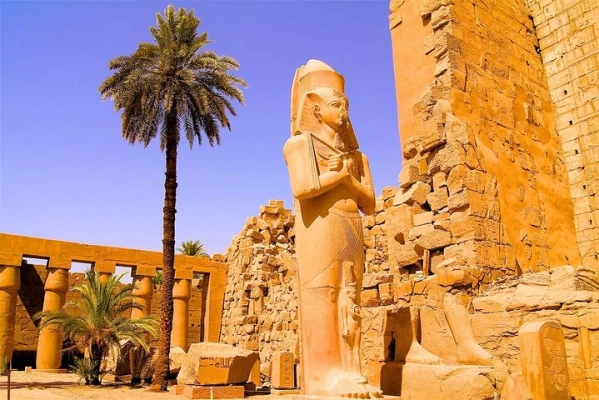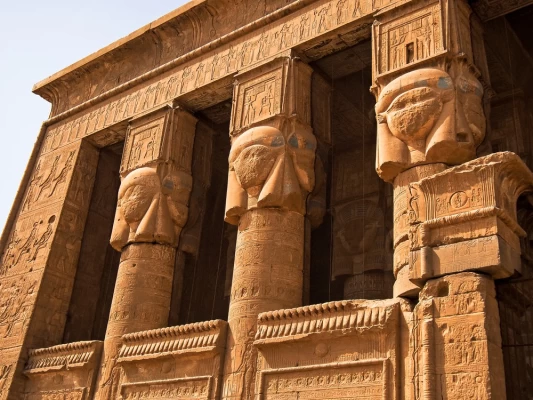Luxor east and west tours from Safaga port day trip
Overview
Luxor east and west tours from Safaga port
A day trip from Safaga Port to Luxor to explore the East and West Banks is an exciting tourist experience. You can enjoy a daily tour from Safaga Port to Luxor to explore the East and West Banks.
The most amazing day trip from Safaga port to Luxor will take you to the east to see the temples of Karnak and Luxor, and to the west to see Medinat Habu, the Valley of Kings, and the Valley of Queens. This excursion is organized by the best Egypt tours company.
Luxor east and west tours from Safaga port
A day trip from Safaga Port to Luxor to explore the East and West Banks is an exciting tourist experience. You can enjoy a daily tour from Safaga Port to Luxor to explore the East and West Banks.
The most amazing day trip from Safaga port to Luxor will take you to the east to see the temples of Karnak and Luxor, and to the west to see Medinat Habu, the Valley of Kings, and the Valley of Queens. This excursion is organized by the best Egypt tours company.
Inclusion
- Expert tour guide and tour leader during your Egypt day tour.
- private AC Vehicle during your Luxor day tour.
- entrance fees to all the mentioned sites in the itinerary.
- Lunch during visits.
- all taxes and charges are included in the price.
- water bottle during your Egypt tours.
Exclusion
- any extras not mentioned in the itinerary.
- personal expenses
- tipping
Itinerary
our representative will pick you up from your place at your port of Safaga and take you all the way to travel by an AC Vehicle to Luxor and start your visits with your private tour guide to the east of Luxor.
Karnak Temple is the second largest ancient religious complex in the world after Angkor Wat in Cambodia. It is also considered the second most visited historical site in Egypt, after the Pyramids of Giza. It consists of four main parts: the courtyard of Amun-Ra and the province of Mut. And the province of "Monto" and the temple of "Amenhotep IV".
Luxor Temple was not like most of the other ancient Egyptian temples on the east-west axis, but it was oriented towards Karnak, this is because the Luxor Temple was the main place of one of the most important ancient Egyptian religious ceremonies where the statues of each of the deities Amun, his wife Mut and their son, the moon god Khonsu were moved from Their temples at Karnak in a grand procession to Luxor Temple.
and at the west you will be visiting:
Some believe that the word Habu refers to Amenhotep, son of Habu, the vizier of Amenhotep III. There is also a belief that this name belongs to the Christian priest, who was residing in this spot after that. This temple is considered one of the largest funerary temples dedicated to the memory of kings in the era of the New Kingdom.
In the valley of a dry river on the west bank of the ancient city of Thebes (modern Luxor), hence its name Valley of the Kings, but this name is not entirely accurate since some members of the royal family other than the kings were buried there, as well as some non-royals, though they were High-ranking. The Valley of the Kings is divided into the eastern and western valleys.
The Valley of the Queens is the burial place of the queens in ancient Egypt. It was known in ancient times as "Ta-Sit-Nefru", which means: "the place of the sons of the pharaoh" or "the place of beauty"; Because in this place were buried the queens of the eighteenth, nineteenth, and twentieth dynasties (from 1550 to 1070 BC), in addition to many princes and princesses and a number of the nobility.
The statue of Memnon is located on the western bank of Thebes, which is known today as Luxor. Luxor, one of the most important tourist attractions, includes many Pharaonic monuments that are linked to the civilization of the ancient Egyptians thousands of years ago.
after your tour is done you will be taken back again to your place in Safaga port.
Day meals: lunch during visits.
Price
| Number of Persons | Prices |
|---|---|
| 1 Person | $300 Per Person |
| 2 - 3 Persons | $220 Per Person |
| 4 - 6 Persons | $150 Per Person |
| 7 - 10 Persons | $120 Per Person |
Start from : $119
Check Availability

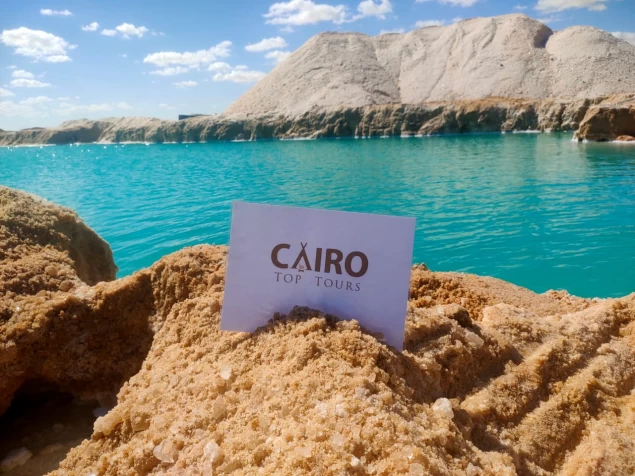
You Also May Like
Looking for something different? check out our related tour now, or simply contact us to tailor made your Egypt tour
Day Tour to Luxor from Safaga Port
You may learn about the wonders of the ancient Egyptian pharaohs by visiting the Valley of the Kings, the temples of Karnak, the temple of Hatshepsut, and the Colossi of Memnon, before returning to Safaga port. Enjoy a great day excursion from Safaga to Luxor to discover Luxor's tourist sites.
2-day Tour to Luxor from Safaga Port
The most breathtaking tourist sights from our Safaga port beach excursions may be seen by taking an overnight cruise from Safaga to the wonderful city of Luxor. Find out about several of Luxor's undiscovered treasures by going to Karnak Temple, the Valley of the Kings, and Hatshepsut's Temple.
Hurghada Snorkeling Trip from Safaga Port
You may go snorkelling in Hurghada and enjoy the pure thrill of diving in the Red Sea from Safaga port. The highlights of this trip will be visiting some of the most breathtaking beach spots in the world and participating in a variety of water sports while viewing countless coral reefs and beautiful fish.
Tour to Dendera and Abydos Temples from Safaga Port
Enjoy our Safaga Excursions as we journey from Safaga Port to Dendera, one of ancient Egypt's most exquisite temples, the temple dedicated to the cow goddess Hathor, as well as the temple of Abydos, which is dedicated to Osiris. and find out more about Egyptian history.
Egypt Trips and Middle East Reviews
Egypt Tours has gained a lot of positive reviews from travelers who praise cheap Egypt tours as reflected in our social media accounts, TripAdvisor reviews, and YouTube videos. Customers love traveling through Egypt with expert guides who remain with them throughout their journey, vividly enlivening each site they visit, from Egypt to the Holy Land.
Egypt Tours is now bombarded with glowing comments and praises from travelers who appreciate our economical tours as seen for themselves on our social media pages, TripAdvisor reviews, and YouTube videos. Traveling through Egypt is just perfect for guests who are accompanied by our expert guides bringing history alive at each site visited by the tourist throughout the journey to the Holy Land.
As you can see from our social media accounts, Trip Advisor, and YouTube videos, Egypt Tours has received a lot of positive feedback from customers who love their low-cost tours of Egypt with our experts who accompany them everywhere in Egypt to show them the history of each site they visit during their tours of Egypt and the Holy Land. As you can see from our social media accounts, and YouTube videos, Egypt Day Tour has received a lot of positive feedback from customers who love their low-cost tours of Egypt with our experts who accompany them everywhere in Egypt to show them the history of each site they visit during their tours of Egypt and the Holy Land.
Egypt Tours FAQ
Read top Egypt tours FAQs
The eastern bank of Luxor is the site of the city of Luxor. The West Bank of Luxor, where the sun sets on this bank every night, buried the ancient Egyptians, so this bank became full of funeral cemeteries and temples, including the famous Valley of the Kings.
You can visit the monuments of the Luxor governorate in the East Bank, which is only four places, and then take a trip across the Nile River to reach the West Bank filled with archaeological treasures. The Valley of Kings, the temples of Karnak, Luxor, and the Temple of Hatshepsut.
Are you ready to see Luxor's historic landmarks!
The Egyptian Pound (EGP) is the country's official currency, so having some on hand for small transactions or tips is a good idea. However, larger stores, eateries, and hotels frequently take major credit cards.
Yes, the Egyptian people express a warm and welcoming attitude towards tourists. Tourists are considered respected guests, and cultural experiences and positive interactions showcase Egyptians' appreciation for visitors and their commitment to providing a wonderful experience.
The main differences between the East and West in Luxor include history, culture, infrastructure, and tourist attractions.
A long time ago, a queen named Cleopatra helped finish building a big temple that was started by someone else. There are even older buildings and temples nearby that were made thousands of years ago. In the temple, people worship a goddess named Hathor who is in charge of love, babies, music, and dancing.
Yes, ATMs are available in Egypt, especially in major cities and tourist areas. You can use international debit or credit cards to withdraw cash in Egyptian Pounds. However, it's important to inform your bank about your travel plans to avoid any issues with card usage.


Cairo Top Tours Partners
Check out our partners


